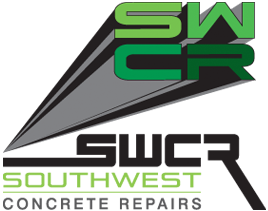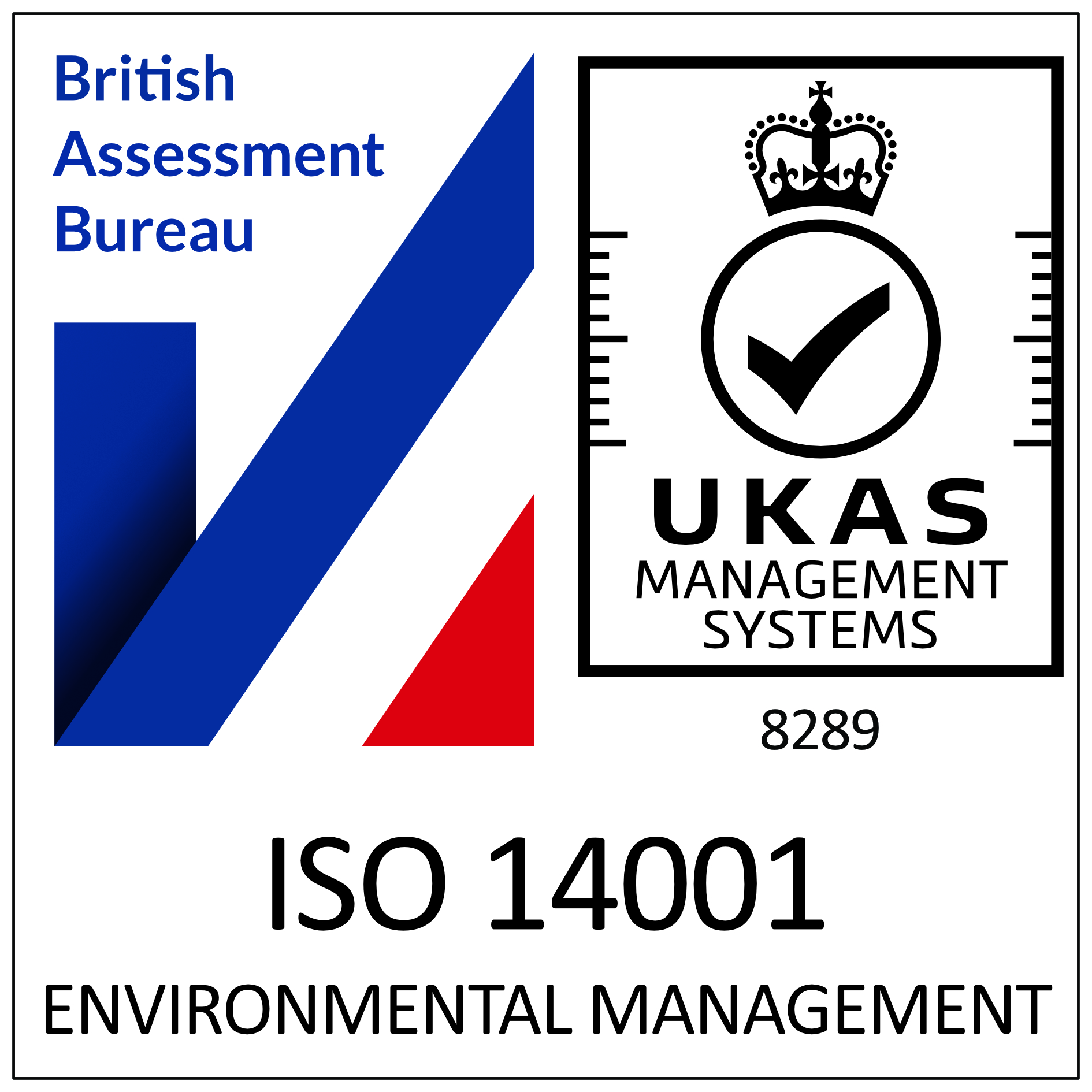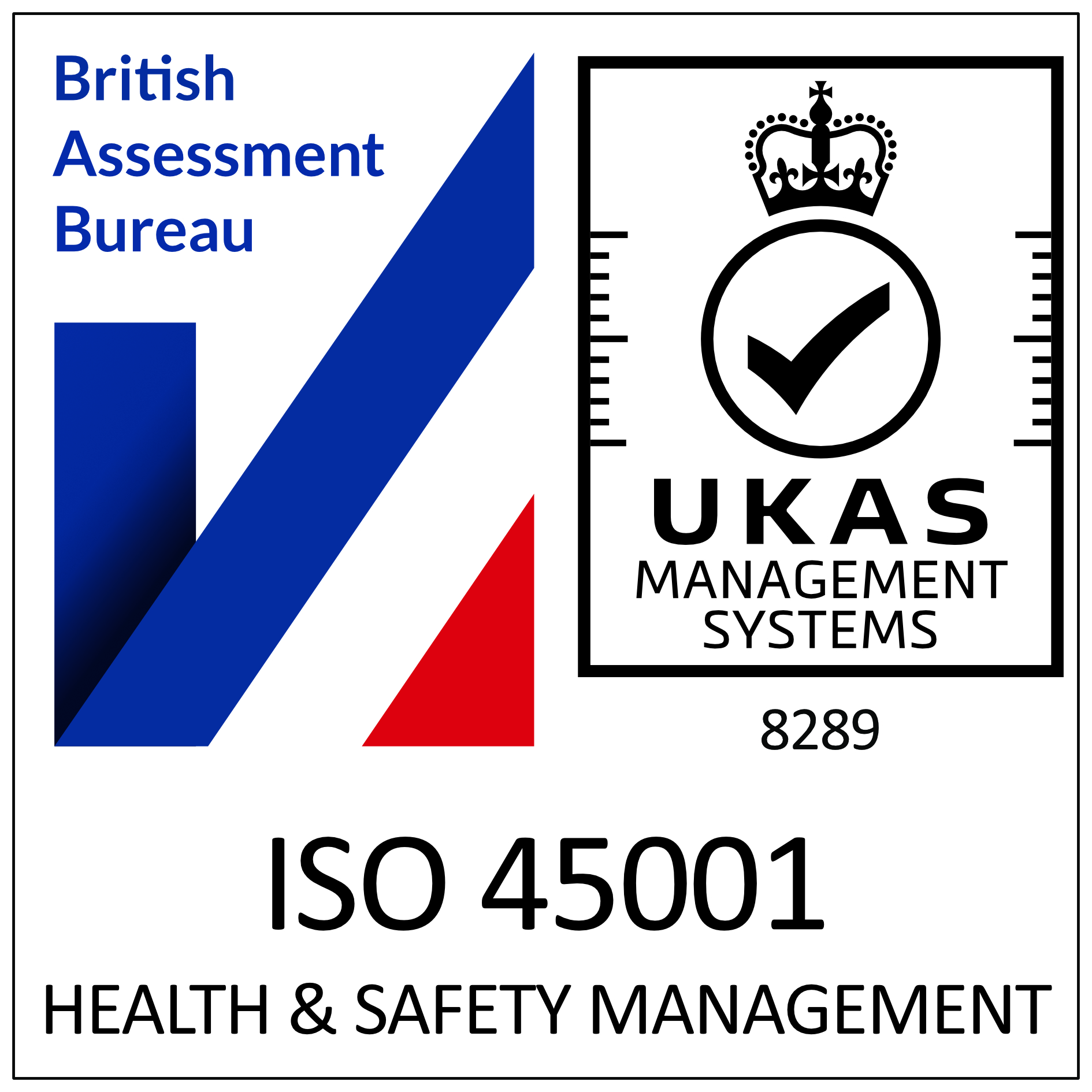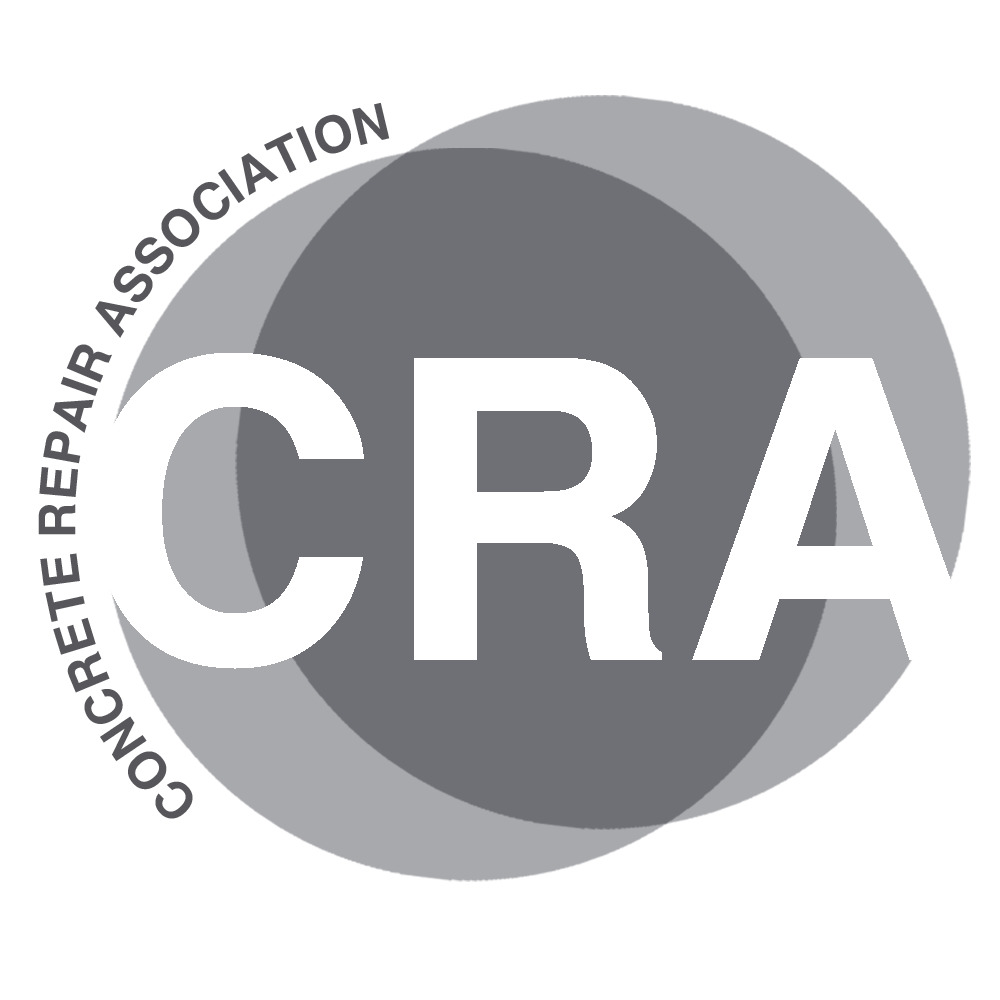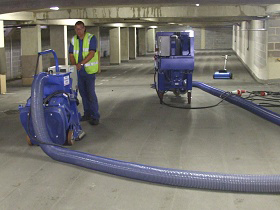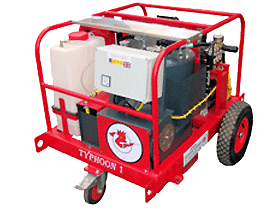Preparation & Specialist Cleaning
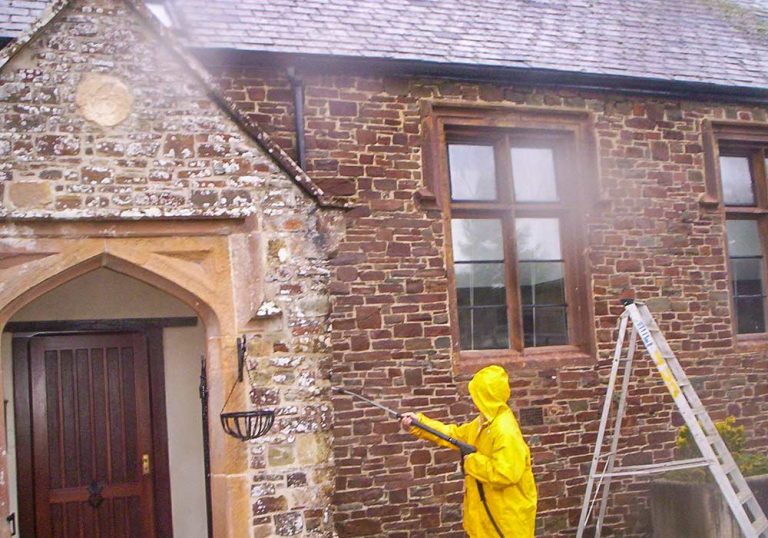

Introduction
Specialist Cleaning works can be undertaken as s standalone project to remove graffiti, dirt and carbon deposits to improve the aesthetic appearance of buildings and structures. Specialist cleaning is also often necessary before any concrete repair or specialist coating works can be undertaken. Dirt, soot, grease and any other surface contaminants should be removed, this includes moss, algae, lichens, old coatings etc, to help when identifying defective areas and is essential for the bonding of any repair materials and protective coatings.
Dry Grit Blasting
involves firing grit or sand at high pressure to remove old coatings, contaminants, surface laitance etc to give an exposed aggregate surface for new coatings.
Wet Grit Blasting
uses water and grit/sand mixed and fired under pressure, this process keeps dust to a minimum and is ideal for graffiti removal.
Bush Hammer/Mechanical Brushing
uses mechanically powered bush hammer or rotating wire brushes to abrade the surface to remove contaminants.
Scabbling or Needle Gunning
uses electric or compressed air to run the scabbling heads or steel pins in the needle gun nozzle to clean and abrade surfaces.
High Pressure Power Washing
is very effective where contamination is not too serious as it is strong enough to remove surface contaminants without damaging the original surfaces
Steam Cleaning
normally used with degreasants and detergents to remove graffiti, oil and grease.
Acid Etching
uses acid to remove surface contaminants such as cement mortar on brickwork. Whilst very effective it can only be used in very controlled circumstances.
Chemical Cleaning
covers a range of cleaning products selected to best suit the area to be cleaned, client requirements and the environment in which the product will be used. Significant advance in chemical cleaners now mean that softer surfaces such as Sandstone/Portland stone can be cleaned using enzymes to digest the dirt, thus avoiding other cleaning systems which could damage the surfaces.
